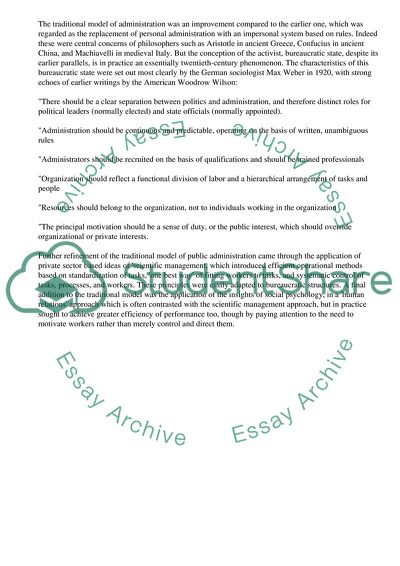Cite this document
(The Traditional Model of Public Administration Essay Example | Topics and Well Written Essays - 1000 words, n.d.)
The Traditional Model of Public Administration Essay Example | Topics and Well Written Essays - 1000 words. https://studentshare.org/management/1509998-the-traditional-model-of-public-administration
The Traditional Model of Public Administration Essay Example | Topics and Well Written Essays - 1000 words. https://studentshare.org/management/1509998-the-traditional-model-of-public-administration
(The Traditional Model of Public Administration Essay Example | Topics and Well Written Essays - 1000 Words)
The Traditional Model of Public Administration Essay Example | Topics and Well Written Essays - 1000 Words. https://studentshare.org/management/1509998-the-traditional-model-of-public-administration.
The Traditional Model of Public Administration Essay Example | Topics and Well Written Essays - 1000 Words. https://studentshare.org/management/1509998-the-traditional-model-of-public-administration.
“The Traditional Model of Public Administration Essay Example | Topics and Well Written Essays - 1000 Words”. https://studentshare.org/management/1509998-the-traditional-model-of-public-administration.


